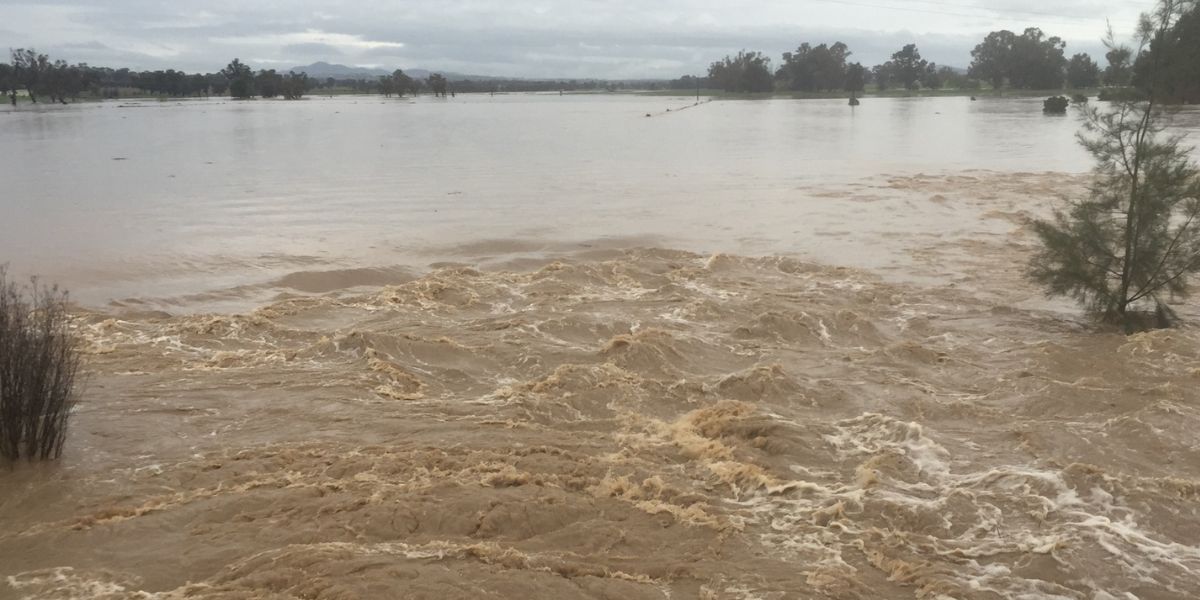Floods, storms and bushfires are part of life for regional communities, but new technology and extra volunteers could make responding to them a bit easier.
Natural disaster detection systems trials have recently been rolled out across NSW, with projects underway in the Shoalhaven, Southern Highlands, and the Hawkesbury regions.
The closest trial to the New England region is in Bellingen, where two companies have been trialling cutting-edge technology. Geospatial technology company NGIS has been using artificial intelligence and computer vision to monitor water levels and flow speeds in real time.
By analysing footage from new and existing cameras, the system is able to provide accurate and continuous data to better manage floods.
Another project being carried out by Watermark looks to transform surveillance and traffic cameras into intelligent water level monitors using deep learning and data patterns to provide real-time reliability for emergency services.
The Minister for Emergency Services Jihad Dib said the government was focused on strengthening disaster preparedness.
“We are investing in technologies and infrastructure to improve the way we communicate and respond to disasters, in the face of increasing risk from more frequent and intense natural hazards.”
When asked whether these technologies would be implemented in the New England region, a spokesperson from the Office of the NSW Chief Scientist & Engineer said the pilot projects were designed to test how well new technologies worked in real situations.
The spokesperson said the goal was to give government, councils, and emergency services better information before deciding whether to expand the tools more widely.
“Where these technologies might be rolled out in the future will depend on decisions made by individual departments or agencies,” the statement said.
Community strength in action
When disaster strikes, local non-profits are often the first to spring into action. Thanks to a new state-funded program, those organisations would be set to get a boost in volunteers.
Across NSW, 1,000 extra volunteers would be recruited through Anglicare, the Australian Red Cross, the Disaster Recovery Chaplaincy Network, and the St Vincent de Paul Society. The charities were set to share $1.9 million in funding to help train and equip those volunteers to help communities recover from floods, storms, and other emergencies.
Director and Senior Chaplain of the NSW Disaster Recovery Chaplaincy Network Rev. Dr. Mark Layson confirmed the organisation’s new project lead, Steve Hales, would be active in the region moving forward.
“Steve is working across the New England as we see that area as particularly important to increase our volunteer numbers,” Dr Layson said.
The Australian Red Cross also confirmed it would be delivering this grant through various areas within the New England region.
Minister for Recovery Janelle Saffin said the volunteer program tapped into the strength of local communities.
“We all recognise and appreciate the incredible community spirit that is evident in times of crisis,” she said. “This program harnesses that energy, builds local capacity, and ensures volunteers are supported and ready to respond when their communities need them.
“Together we are helping to create more resilient communities that are better prepared for, and can recover faster after a disaster.”
When the Minister’s office was asked about the program’s impact on the New England region, a spokesperson said it would strengthen disaster recovery efforts in areas frequently affected by severe weather events.
“Disasters are happening more frequently. Following the recent severe weather in the New England region, the need to mobilise more volunteers has become increasingly urgent,” the spokesperson said.
Like what you’re reading? Support New England Times by making a small contribution today and help us keep delivering local news paywall-free. Donate now

